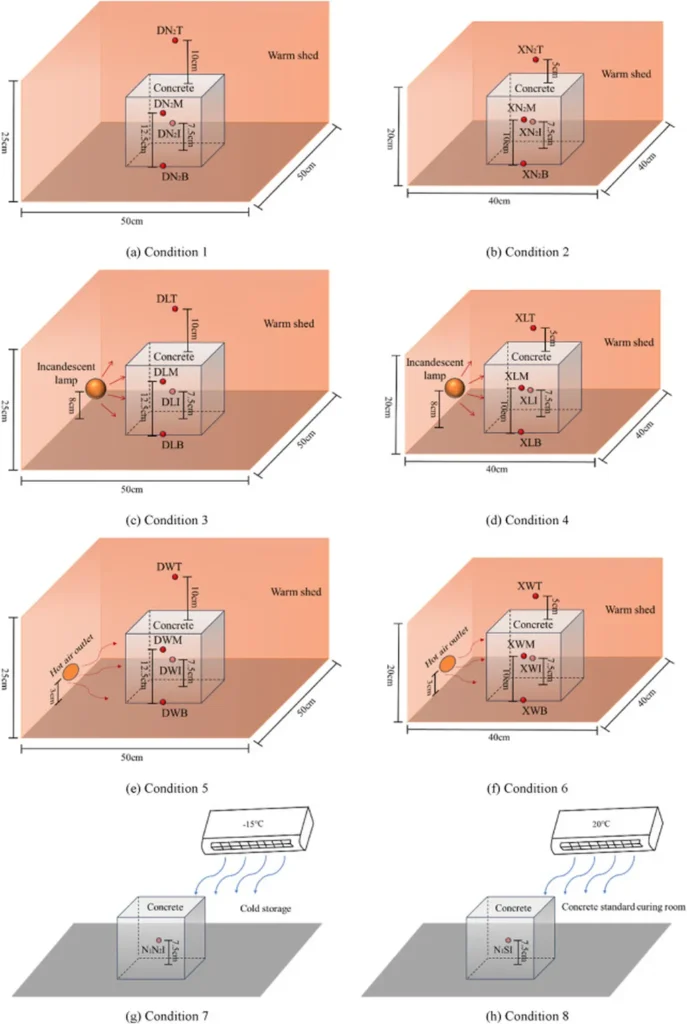In the frosty heart of winter construction, a beacon of innovation is emerging from the Department of Civil Engineering and Transportation at Northeast Forestry University. Zhe Zhang, leading a team of researchers, has been delving into the intricacies of the warm shed method, a technique designed to keep concrete structures, like pile caps, at optimal temperatures during the cold season. Their findings, recently published in the *Journal of Engineering and Applied Science* (translated as *Journal of Engineering and Applied Science*), could significantly impact the energy sector and winter construction practices.
The warm shed method involves creating an enclosed space around the concrete structure, using heaters to maintain a consistent temperature. However, the efficiency of this method has been a subject of debate. Zhang and his team set out to understand the key factors influencing the temperature field within these sheds, aiming to enhance curing efficiency and, ultimately, the quality of the concrete.
Through a combination of field tests and numerical simulations, the team investigated various parameters, including exhaust temperature, exhaust velocity, initial heater temperature, shed wall material, and heater placement. Their findings were enlightening. “Elevating the heater outlet air temperature, reducing air outlet velocity, decreasing initial concrete temperature, lowering thermal conductivity of shed wall materials, and arranging heaters more uniformly can effectively mitigate surface-to-interior temperature differentials in concrete,” Zhang explained.
The implications of this research are substantial for the energy sector. By optimizing the warm shed method, construction companies can reduce energy consumption, leading to cost savings and a smaller carbon footprint. Moreover, the improved curing quality can enhance the durability and longevity of concrete structures, reducing maintenance costs and extending their lifespan.
One of the most compelling aspects of this study is the use of grey relation analysis to determine the degree of association between different factors. This approach allowed the team to identify the initial concrete temperature as a significant influencer on curing quality. “Understanding these relationships is crucial for making informed decisions about winter construction practices,” Zhang noted.
The research outcomes provide a theoretical foundation for controlling temperatures during winter construction using warm sheds. As the construction industry continues to evolve, these findings could shape future developments in the field, particularly in regions with harsh winter conditions. By adopting these recommendations, construction companies can improve efficiency, reduce costs, and contribute to a more sustainable future.
In the words of Zhe Zhang, “This research is not just about improving a construction method; it’s about paving the way for more efficient, sustainable, and cost-effective practices in the energy sector.” As the industry looks towards a future of innovation and sustainability, Zhang’s work serves as a guiding light, illuminating the path forward.

